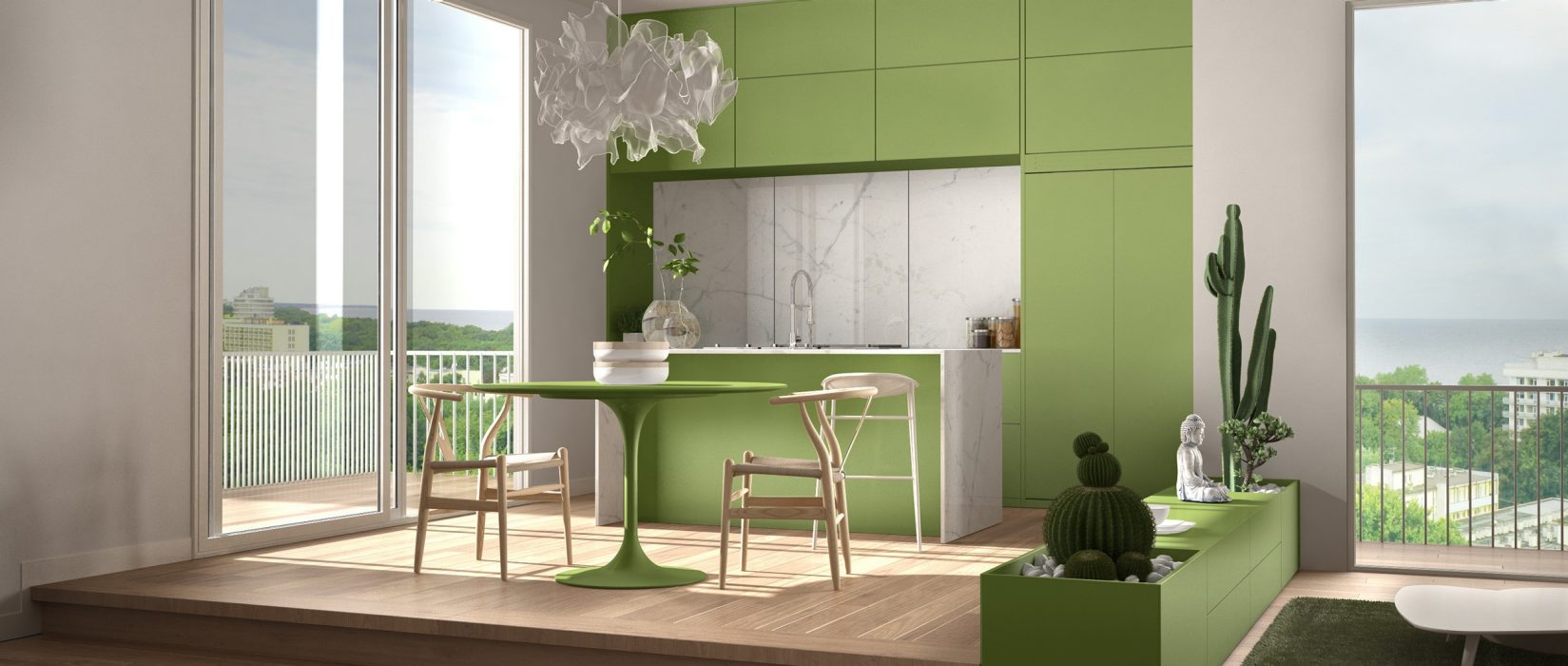
How to make a home sustainable: main aspects
The issues of sustainability and reducing consumption are the order of the day. Current needs aim at making homes more efficient, to lower utility bills, respect the environment and ensure a high standard of living comfort.
Features of a sustainable home
An environmentally friendly home includes a number of features:
- it is made from environmentally sustainable materials, such as masonry without cement residues, which can release micro-dust into the environment, and prefers materials such as hemp;
- it is insulated, to reduce heat loss while also reducing noise pollution;
- it uses renewable power sources, such as electricity from photovoltaic panels and geothermal energy for heating, which make it energy independent and reduce pollutant emissions;
- it is smart and uses building automation systems to limit consumption and reduce waste through energy efficiency;
- it manages waste disposal efficiently;
- it uses electricity to power cars and vehicles used for travel outside the home. The home can be fitted with electrical charging systems that are perfectly suited to the home environment and do not compromise living comfort. Next-generation wallboxes and columns guarantee efficient electric car charging. These also manage and optimise domestic energy loads (as we discuss in detail here: DYNAMIC LOAD MANAGEMENT: INTELLIGENT CHARGING MANAGEMENT – Joinon), for example, by operating at night or when the home’s most energy-intensive appliances are not in use.
A more sustainable home with building automation
A smart home is comfortable as well as sustainable
Thanks to building automation you can monitor every aspect of your home, including power consumption. These types of technology are the key to creating a connected home, in which a control unit communicates with various smart objects, such as low-energy LED light bulbs, sensors that monitor consumption, thermostats, solar panels, etc. A hub (consisting of a smart wall plate) or an app allows the management of different scenarios, even preventing heat loss through an alert, e.g., when a window is accidentally left open.
In a smart home managed through the Internet of Things, smart objects are equipped with sensors that enable them to collect information about the homeowner’s surroundings and habits in order to take action.
For example, if the room temperature is optimal, the heating is kept constant, without waste, or the heat output is lowered when the owner is away from home.
Building automation systems allow monitoring of energy storage as well as consumption. Home automation systems are equipped with alerts that update the user on the status of their home and if consumption limits are being exceeded.
The aim is to ensure maximum homeowner comfort by reducing electricity, gas and water costs, while making use of renewables and impacting the environment as little as possible.
Trending Topics
Show other categories


























